Chart Of The Day: ExxonMobil Predicts Long Reign For The Internal Combustion Engine
The next 25 years of automotive powertrain technology belongs to the internal combustion engine, according to oil & gas giant ExxonMobil. While many will dismiss this as the wishful thinking of an industrial dinosaur, it’s worth remembering that 25 years isn’t that long of a timeframe in the automotive world.
As we speak, automakers are already planning for what products will be on the market within the next decade. As it stands now, they must meet increasingly stringent emissions targets in the United States and the European union by 2025, in the form of both CAFE and the next round of Euro regulations that call for a fleet average of 95 grams of CO2 per kilometer (for comparison, a Toyota Prius emits about 100 grams per km).
One way of meeting this target is through the use of hybrid technology – a sector that ExxonMobil sees as making rapid, substantial gains over the years. At this point, every single OEM has some kind of hybrid technology that can be adapted to their volume models in a way that is efficient in terms of both packaging and cost. This is sure to be the case for plug-in hybrid technology as well.
The zero-emissions front is substantially more fraught. The battle between battery electric vehicles (BEV) and hydrogen fuel cell vehicles has barely begun, but supporters of the two camps are already locked into a Betamax vs. VHS style conflict. As it stands, there is minimal infrastructure for both systems, and a combination of low oil prices and consumer skepticism is likely to stall its growth for the foreseeable future. And while BEVs technically have a head start on hydrogen, their market share is, in real terms, negligible.
In 2013, BEVs had a market share of just 0.28 percent, or about 260,000 units. Even the relatively scarce plug-in hybrid segment managed to best pure electrics, with 0.31 percent of the new car market. Only in Norway, where BEVs receive heavy subsidies in the form of tax breaks, have electric cars made any real headway, and even then, they have barely cracked 6 percent.
While tales of daring and disruption and averting cataclysmic climate change make for great headlines, the reality is that technological progress, especially in the automotive sector, moves at a much more gradual pace – otherwise, we’d likely have seen a major breakthrough in EV battery technology by now, one that would allow for significant range and negligible refueling times. Utopian visions of a fleet of silent, zero-emissions vehicles are just that. Instead, we are likely to see a proliferation of hybrid technology throughout new model lineups – and much of this will likely be driven by regulatory inputs, as a means of helping vehicles meet government mandated fuel economy targets, even if consumers don’t necessarily care.
Advances in the internal combustion engine are also on the horizon. Homogenous Charge Compression Ignition (HCCI) engines, which allow for diesel-like combustion while running on gasoline, are expected to debut on Mazda cars by 2020. Mazda claims that they will provide a 30 percent fuel economy boost, while significantly lowering emissions. Between HCCI, increasingly cleaner diesel engines and incremental improvements to traditional engines, the ICE powertrains are likely to be ubiquitous due to their familiarity and what is sure to be a cost advantage. Barring any major, prolonged spike in energy prices or a wholesale shift in attitudes towards climate change and the environment, dollars and cents (not to mention sheer convenience) will remain the primary motivating factor in new car purchases. And that means that the internal combustion engine is well placed to continue its dominance through the next quarter century.
More by Derek Kreindler
Latest Car Reviews
Read moreLatest Product Reviews
Read moreRecent Comments
- Teddyc73 Oh look dull grey with black wheels. How original.
- Teddyc73 "Matte paint looks good on this car." No it doesn't. It doesn't look good on any car. From the Nissan Versa I rented all the up to this monstrosity. This paint trend needs to die before out roads are awash with grey vehicles with black wheels. Why are people such lemmings lacking in individuality? Come on people, embrace color.
- Flashindapan Will I miss the Malibu, no. Will I miss one less midsize sedan that’s comfortable, reliable and reasonably priced, yes.
- Theflyersfan I used to love the 7-series. One of those aspirational luxury cars. And then I parked right next to one of the new ones just over the weekend. And that love went away. Honestly, if this is what the Chinese market thinks is luxury, let them have it. Because, and I'll be reserved here, this is one butt-ugly, mutha f'n, unholy trainwreck of a design. There has to be an excellent car under all of the grotesque and overdone bodywork. What were they thinking? Luxury is a feeling. It's the soft leather seats. It's the solid door thunk. It's groundbreaking engineering (that hopefully holds up.) It's a presence that oozes "I have arrived," not screaming "LOOK AT ME EVERYONE!!!" The latter is the yahoo who just won $1,000,000 off of a scratch-off and blows it on extra chrome and a dozen light bars on a new F150. It isn't six feet of screens, a dozen suspension settings that don't feel right, and no steering feel. It also isn't a design that is going to be so dated looking in five years that no one is going to want to touch it. Didn't BMW learn anything from the Bangle-butt backlash of 2002?
- Theflyersfan Honda, Toyota, Nissan, Hyundai, and Kia still don't seem to have a problem moving sedans off of the lot. I also see more than a few new 3-series, C-classes and A4s as well showing the Germans can sell the expensive ones. Sales might be down compared to 10-15 years ago, but hundreds of thousands of sales in the US alone isn't anything to sneeze at. What we've had is the thinning of the herd. The crap sedans have exited stage left. And GM has let the Malibu sit and rot on the vine for so long that this was bound to happen. And it bears repeating - auto trends go in cycles. Many times the cars purchased by the next generation aren't the ones their parents and grandparents bought. Who's to say that in 10 years, CUVs are going to be seen at that generation's minivans and no one wants to touch them? The Japanese and Koreans will welcome those buyers back to their full lineups while GM, Ford, and whatever remains of what was Chrysler/Dodge will be back in front of Congress pleading poverty.



















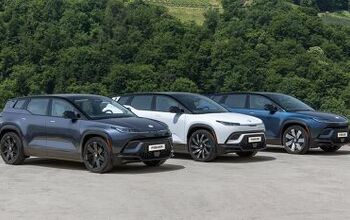

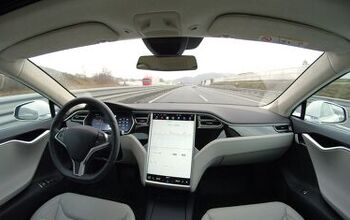
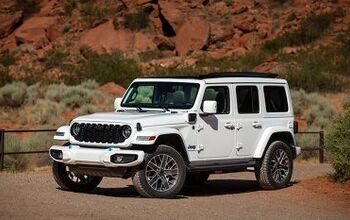
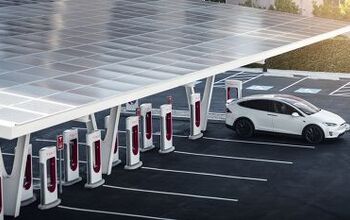
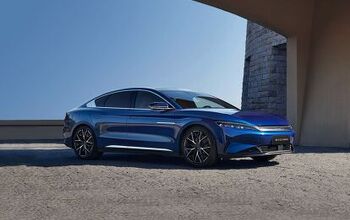


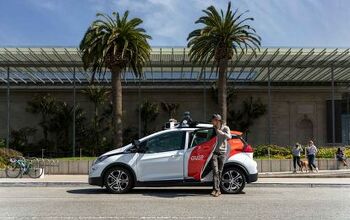
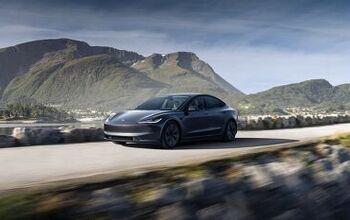
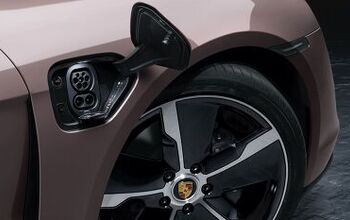
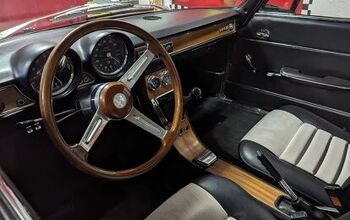
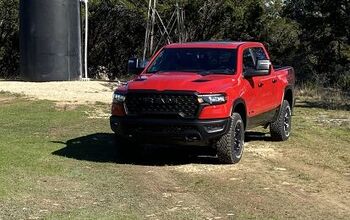
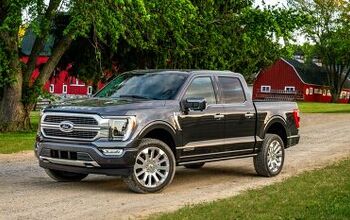

Comments
Join the conversation
Back in the early 70's I bought recycled motor oil for about ten cents a quart. It was used motor oil that had all the impurities screened out and new additives added. My dad had an old Chevy II that leaked oil from the rear main bearing. I don't think that it is as much cost to recycle oil as it is that for a little more you can buy virgin oil and also many new vehicles use lower viscosity oil such as 0w20 which are synthetic. Oil itself does not wear out but the additives can break down and oil gets dirty. I do see over a period of time oil usage will drop with more efficient and cleaner engines and cleaner sources of energy. I doubt oil will go away but we will all use less of it.
I used to work (circa 1970) in the Corporate Planning Department of what is now called Exxon-Mobil. All the guys were smart. If that didn't do it, the company had on retainer guys who were even smarter in their field - this included, bye the bye, climate change and CO2 as seen by the cream of the scientific community in 1970. Our focus was corporate survival. Nobody is smart enough to see even one day into the future. Give them credit. Exxon-Mobil is well over a century old. By comparison, one of the great Big Three American car companies of 1970 is dead and a second is dying or on its way to China. Exxon-Mobil sees the same thing in fracking as any other informed and intelligent person sees. It is, most likely, a game changer that gives the internal combustion engine another two or three decades.